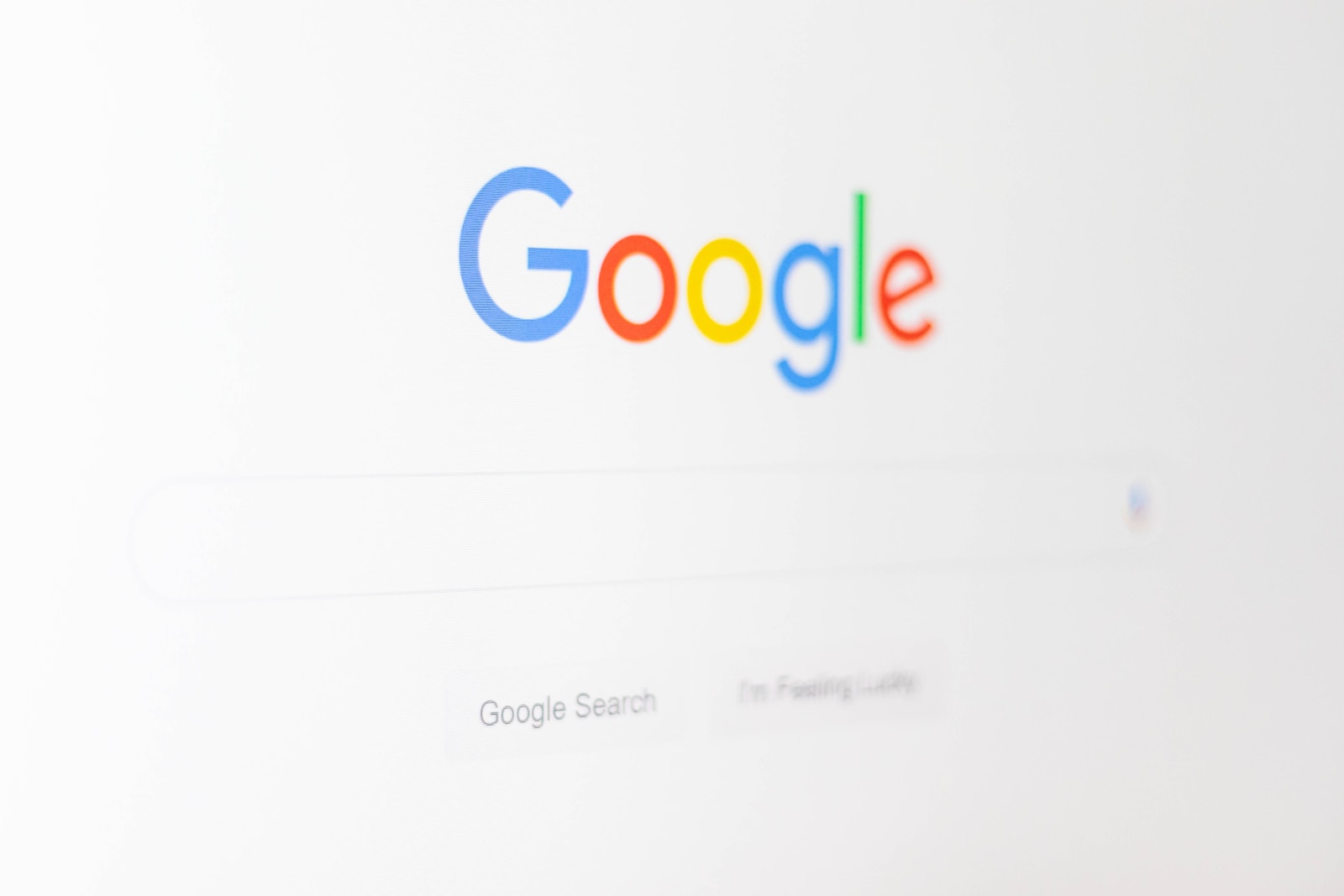Imagine this: in your search for a simple chocolate chip cookie recipe, you click on a link that looks promising only to find a wall of text. There’s no photo to showcase those oozing chocolate chips, and there are all kinds of text-rich asides on topics you have no time for, like where chocolate comes from and how margarine and butter fundamentally differ. Sound familiar? If you’ve ever loaded a site from the Internet’s infancy when designers took the term “database” a little too literally, you’ll know just what we mean. And yet, websites that rely too much on images can be just as difficult and unappealing to navigate. We’re looking at you, restaurants that bury your menu beneath five layers of graphics. So, what’s the answer? Balance and a little forethought when choosing marketing text and images.
Understand Marketing Text and Images, And Their Primary Talents
First and foremost, it’s important to understand what both text and images can do. Text can frame a conversation, whether it’s through a catchy headline, a witty caption, or an opening sentence that (e.g. warning, high school English term coming) is a road map to the rest of an article. Once hooked, text helps a writer dig into an issue, clearly spell out necessary action steps, and expand upon a confusing point. What’s more, text is more search engine friendly than images, easier to change and store in a database, and easier on coders.
At the same time, the right image can also frame a conversation, especially when it evokes a clear emotion. It can break up blocks of text making content more fun to consume and easier to process, while also illustrating points, so they’re more concrete and memorable.
But, more than anything, where images really beat text is in branding and in basic site navigation. No one is going to remember a mission statement as well as they’ll recall a top-notch logo. Nor will they return to a site organized like a bulleted list with no attention paid to basic visual logic.
Know The Downsides
Flashy images and bright colors do nothing to capture a user’s interest or to increase conversions if there’s no compelling content beneath the flare. And no one will bother scrolling to the bottom of a text-rich site if they’ve fallen asleep on their keyboard. Even those users who force themselves through either type of site will have a great deal of difficulty in piecing information together. The result: aggravation; anger; no conversions.
Know The Content, Know The User
Finding the balance between marketing text and images for a site doesn’t necessarily mean breaking even. In fact, it’s fine to lean more heavily on one than the other, just as long as that balance is calibrated to the user, the content, the tone, and the intent of all three.
As an example, take a look at Pinterest. Here, images are employed as a tool both for visual organization and as a means of capturing instant interest. Yet, the site never fails to be neat, crisp, and clean, and elucidating text is just a picture click away.
Contrast this to Wikipedia users, who generally have already had their interest piqued through concepts or subjects they’ve stumbled on elsewhere or within other Wikipedia pages. They arrive not looking to be tantalized but to get the content they need. They want no-nonsense images that are directly relevant. If either one of these sites was to strike the image-text balance in the manner of the other, they’d get in the way of their own content and lose their users.
Go Professional
Whether it’s a blurred photo or a string of typos, there are few things less appealing than amateurish content and imagery. If you’re updating your site regularly and don’t have enough visual content of your own, both stock photography and stock footage are a must. They’re relatively inexpensive and allow for a range of creative options. It’s far better to choose a single captivating professional shot than to rely on a photo or video that looks homemade.
Above All, Your Choices Should Be About Communication
No matter how visually appealing or information-rich a site maybe, if the user can’t understand what the site is trying to say, it’s not doing its job. Don’t write your users a novel, but don’t go for the images unless you’re absolutely sure text can’t get the job done. The key to balance is experimentation. Try it one way, try it another, and keep on tweaking until images and text are working hand in hand to communicate your intended marketing message. That, after all, is what a website is meant to do.
Create Your Own Images
While you will need a graphic designer for some of your content marketing projects, for your blog post images you shouldn’t. In fact, we’ll go a step further and say ‘you absolutely don’t.’ And, you don’t need to pay $2 per image on image services sites, like Big Stock. All you need is Logo Creator Software.
You can design all your own images with Logo Creator. And, if you wanted to you could sell them on one of the image services sites or set up shop over at Fiverr.





















Leave a Reply
View Comments